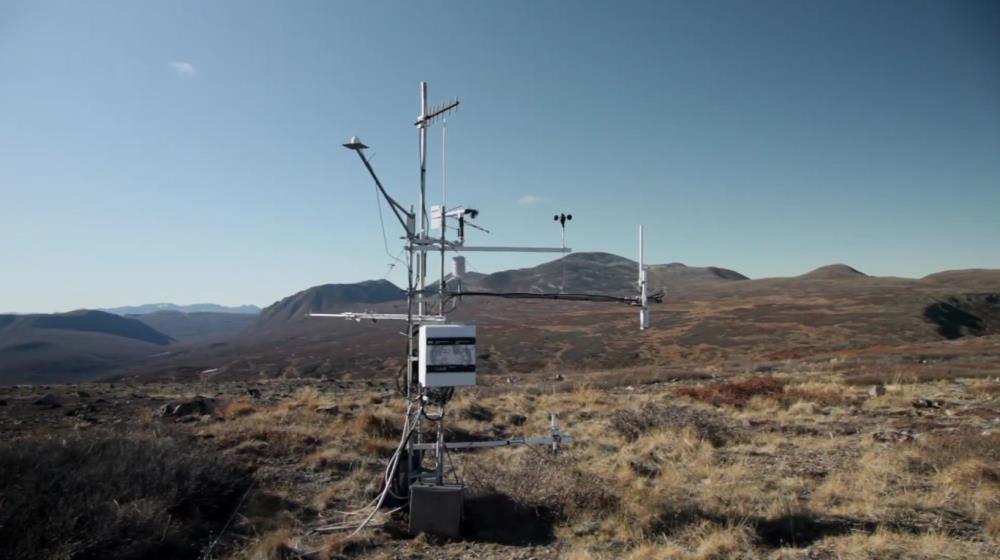
Related items loading ...
Section 1: Overview
Name of Research Project
|
Related Project
|
Part
|
|
GWF-LF: Lake Futures
|
3.1
|
|
|
|
|
|
|
Program Affiliations
Related Research Project(s)
Dataset Title
Fuzzy Cognitive Mapping Data for Perceptions of Lake Erie Eutrophication: Relationships among Critical Concepts
Additional Information
Creators and Contributors
|
Rebecca Rooney | PI | rebecca.rooney@uwaterloo.ca | University of Waterloo |
Jan Ciborowski | Originator | jan.ciborowski@ucalgary.ca | University of Calgary |
Jessica Ives | Collaborator | jives@uwindsor.ca | University of Windsor |
Abstract
The current data bring together maps (flowcharts of relationships) created by participants at three workshop series, held in 2009, 2010, and 2013-2014. The maps depict relationships among concepts (+ or -) relationship strength of 1-5 with 5 being strong and 1 being weak) identified as important by workshop participants. Maps were then translated into sparse matrices by project HQP, where the value in Cij represents the strength of the relationship between concepts i and j, which is ith row and jth column of the matrix. The data from each workshop have been combined into an overall consensual fuzzy cognitive map using matrix algebra, depicting a broad understanding of eutrophication in Lake Erie as of 2014. Future workshops are being planned to update this dataset. The updated dataset will allow an assessment of how our understanding of the causes of eutrophication has evolved over time, as well as comparisons of the perceptions of various groups (stakeholders, researchers, etc.).
Purpose
This data set is collected for the project titled “Lake Futures: Enhancing Adaptive Capacity and Resilience of Lakes and Their Watersheds: Work Package 3.1". Lake Futures is a Pillar 3 project under the Global Water Futures Program funded by Canada First Research Excellence Fund. The main goal of this project is to identify links between land-based human activities and the in-lake manifestations of eutrophication. The project uses fuzzy cognitive mapping (FCM) to translate expert knowledge into semi-quantitative data that can be used to link ultimate causes with effects based on best personal judgement, compare perceptions of the cause-effect relationships among groups (researchers, managers, stakeholders, the public), identify important concepts in understanding eutrophication, and run scenarios to understand potential outcomes of management actions.
Plain Language Summary
Links between land-based human activities and in-lake manifestations of eutrophication are identified. The project uses fuzzy cognitive mapping (FCM) to translate expert knowledge into quantitative data to link causes with effects based on
- personal judgement,
- compare perceptions of the cause-effect relationships among groups of researchers, managers, stakeholders, and the public,
- identification of concepts for understanding eutrophication, and
- running of scenarios to understand possible outcomes of management actions.
Keywords
|
Lake Erie |
Lake Erie and its contributing watershed |
Lakes |
Nutrients |
Resource management strategies |
Stakeholders |
Water quality |
Citations
Rooney, R., Ciborowski, J., and Ives, J. (2019). Fuzzy Cognitive Mapping Data for Perceptions of Lake Erie Eutrophication: Relationships among Critical Concepts. Waterloo, Canada: Canadian Cryospheric Information Network (CCIN). Unpublished Data.
Section 3: Status and Provenance
Dataset Version
Dataset Creation Date
Status of data collection/production
Dataset Completion or Abandonment Date
Data Update Frequency
Creation Software
Primary Source of Data
Other Source of Data (if applicable)
Data Lineage (if applicable). Please include versions (e.g., input and forcing data, models, and coupling modules; instrument measurements; surveys; sample collections; etc.)
Section 4: Access and Downloads
Access to the Dataset
Terms of Use
Does the data have access restrictions?
Downloading and Characteristics of the Dataset
Download Links and Instructions
unavailable
Total Size of all Dataset Files (GB)
File formats and online databases
Other Data Formats (if applicable)
List of Parameters and Variables


 GWFNet
GWFNet Master
Master Data
Data Research
Research Map
Map
 Advanced
Advanced Tools
Tools
 . . .
. . .
 Metadata Editor
Metadata Editor
 Record List
Record List
 Alias List Editor
Alias List Editor
 Legacy sites
Legacy sites